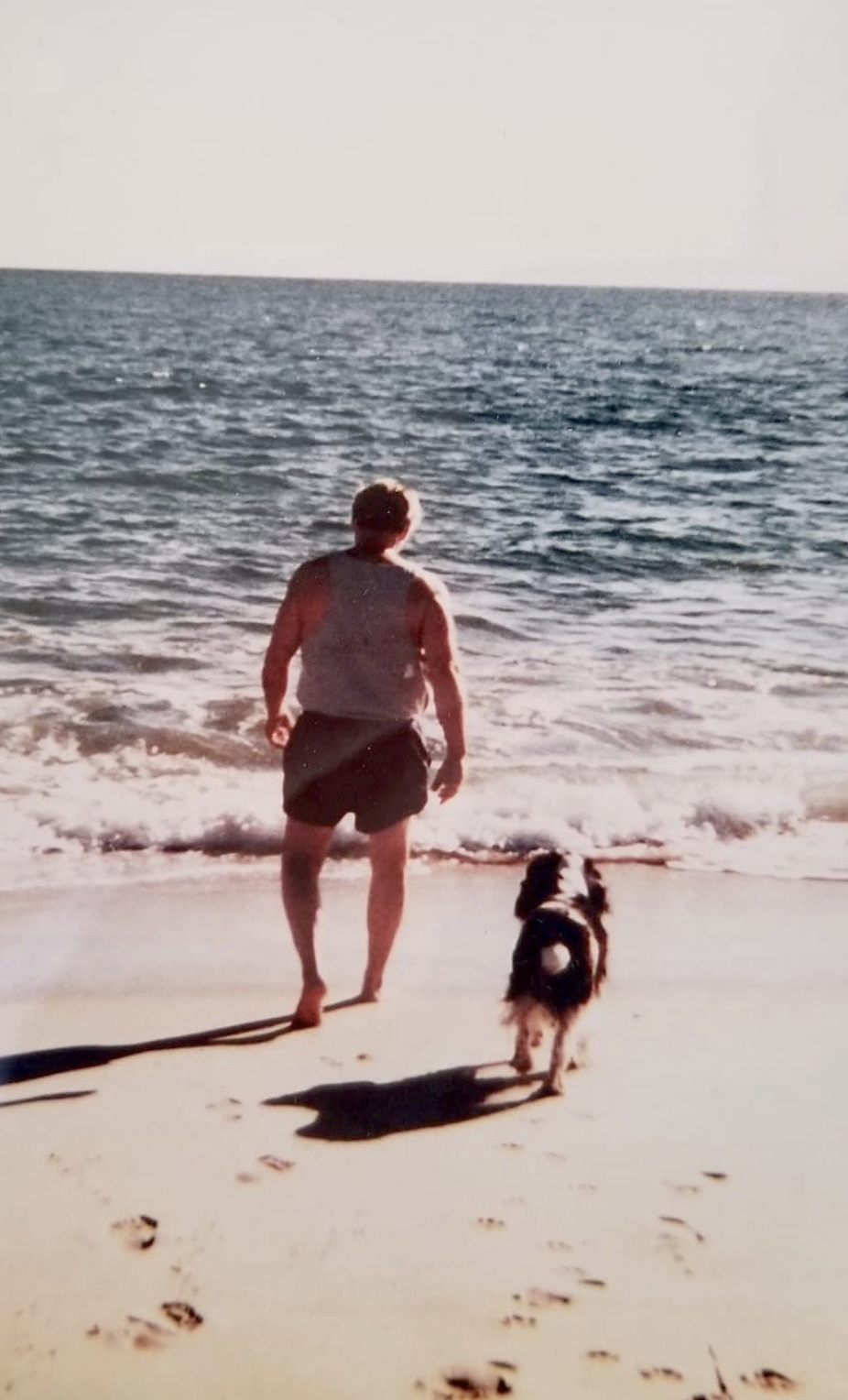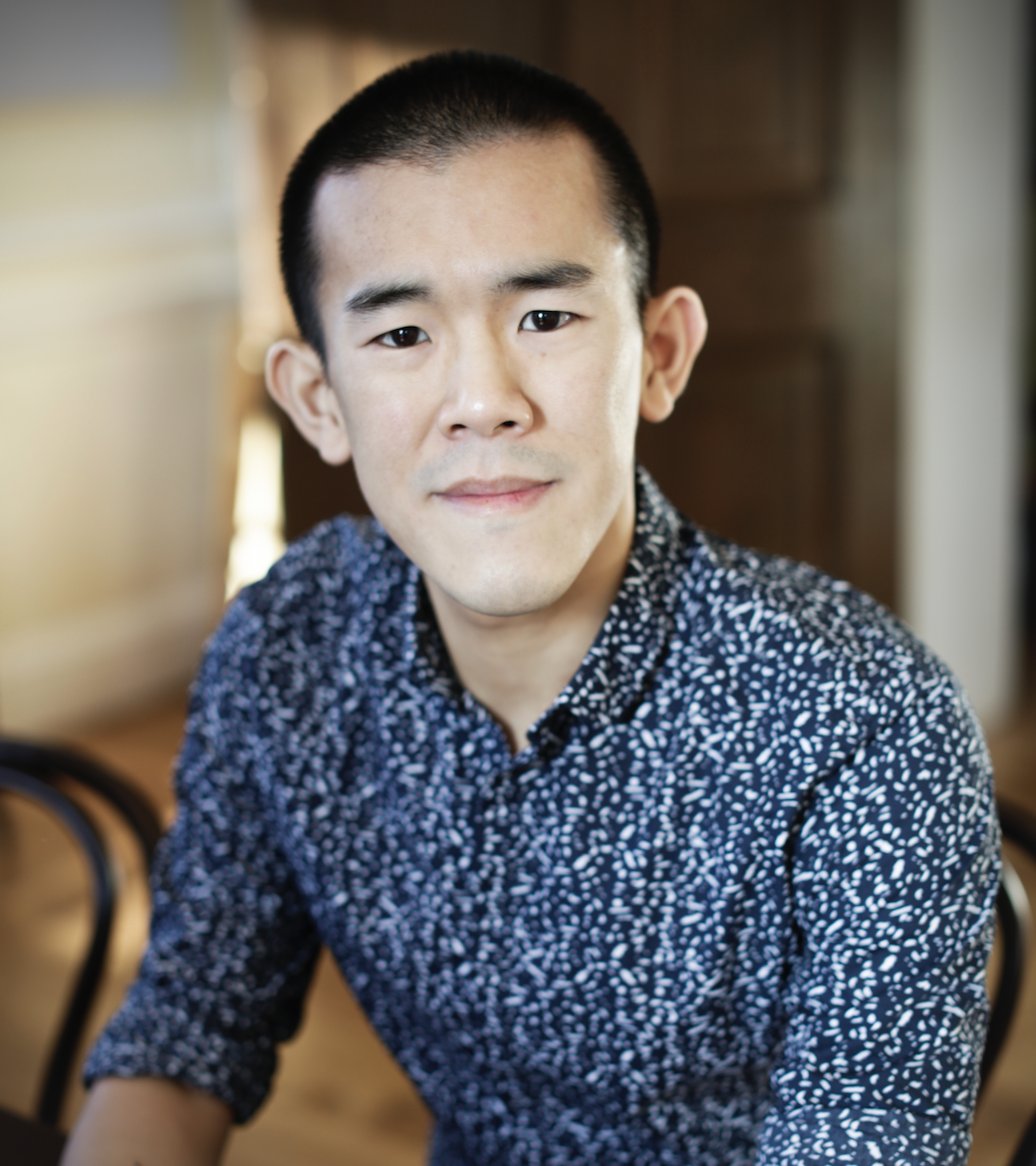We came to the Dead Sea as an afterthought, five of us wedged into one taxi on our way to the airport. So far we had spent our Jordanian daylight inside a conference room, listening to other Fulbright scholars present research about the Middle East and North Africa, and our evenings in large group dinners comparing notes. Within hours, my new friends would scatter back to Morocco, Oman, and Israel, and I would return to my temporary home in the city of Al Ain in the United Arab Emirates. The conference had been delicious and heady claustrophobia, like interval training for academics. We acquired and processed new information, alternating between externalized and internalized thought, acquisition and analysis, as if variety could substitute for rest. What I’m saying is that we were a certain kind of tired. When we unhooked ourselves from the backseat of the taxi, language was beginning to hurt.
Before I saw the Dead Sea, I did not know it would be beautiful. I knew about its uniquely low elevation, its high salinity and shrinking waterlines, and the unusually large presence of mercury in the air because a person can know these things quickly on the internet in a hotel lobby, moments before a trip begins. I knew about the supposed medicinal properties of the mud and about the land and water disputes between Jordan and Israel, but I did not anticipate the diffuse yellow light that suspended salt cliffs and russet hills into a shadow box. This was the same soft surge of autumn afternoons when the sun hits the world at a new angle and empty trees and dead leaves alchemize. Here, 1300 feet below sea level, in dry air heavy with oxygen, the atmosphere above us smeared away the harshest rays and built an invisible scrim through which only attenuated light could find us. It was the opposite of a sunburned mountain. The land here beckoned us into a protected valley and held us close.
We purchased ill-fitting swimsuits and shorts at a kiosk on a concrete overlook, changed our clothing in a deserted locker room, and ran outside again. Date palms and ferns dotted red-brown hills, and a winding set of stairs led to an empty beach where exposed shorelines layered dark sand with glistening salt, creating heavy, unstable cusps that fell away in chunks. Along the beach, salt collected in sticky, jagged, snowballs. For awhile, we were the only ones in the water. We practiced floating and tried, without success, to walk with enough downward weight to slide our toes against the sediment. We spooned the slippery water through our fingers and scooped wet clay from the shallow end of the sea and painted our skin. We watched the light hit the blue water and leaned back, supported by buoyancy. Is it enough to say that we were happy and untroubled, that time slowed down and left us in a mid-day sunset?
In the hour before the airport, we drove along a narrow two-lane road that snaked up through hillside farms and white tented structures set upon red waves of rocky soil, past circles of veiled women resting and goats feeding from plastic tubs. As we ascended, the hills filled with grasses and junipers. At 2,600 feet above sea level, we reached Mt. Nebo, a lush stretch of wildflowers and conifers, overlooking the Jordan Rift Valley.
We eavesdropped on a Jordanian tour guide explaining the religious significance of this mountain where Moses had come to see the Promised Land before he died. Mt. Nebo was home to a working Franciscan monastery and an olive tree Pope John Paul II had planted to symbolize peace. Ahead of us lay the Jordan River, the Dead Sea, and, beyond the folds of limestone and acacia trees, Jerusalem. We had each of the Abrahamic religions between us on this mountain, but no one could remember precisely which sin Moses had committed to end up here, in sight of the land he had struggled toward and forbidden from entering it. We remembered only that he was an old man who had endured a decades-long journey guiding the Israelites through wilderness and famine, and that although God was punishing Moses by keeping him from The Promised Land, he had permitted him to climb this mountain and see his unreached destination. The specifics were gone, and we were left with the sadness of a man at the end of his life, dying in clear view of what he had lost. It was a story more human than holy, and it turned each of us quiet, staring out into a rippled red and green valley. It was the kind of feeling a person could mistake for unity. On a day like this, with hair coated in salt, a face full of sun, disputed borders annealed by distance, it was easy to believe that anyone who stood here had known a similar human loss, that somewhere between blood and estrangement, speech and emotion, lay a common heart.
Marian Crotty‘s writing has appeared or is forthcoming in Third Coast, Greensboro Review, Confrontation, Michigan Quarterly Review, Southern Review, and The Atlantic.
Photo by Gashwin Gomes of Flickr Creative Commons




